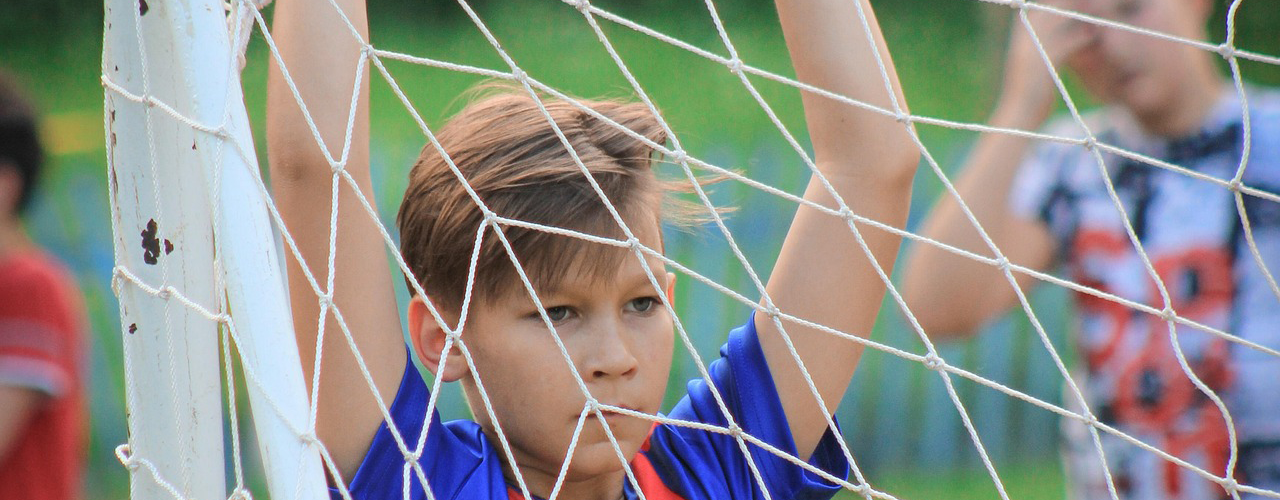When you are bullied at school, it may be a relief if other peers stand up for you and defend you. The defending shows that other peers care about you and that they do not condone of the bullying behaviors you are subjected to. And perhaps, the bully may even decide to cease their behavior. Therefore, many anti-bullying programs encourage youth to defend their victimized peers if they witness bullying situations.
However, we know that not everybody can count on their peers’ support: research suggests that at least one out of four victims of bullying is not being defended by peers. In this scientific study, I investigated what predicts that victims are being defended or not. Is it how intensely they are victimized (e.g., may it be riskier to defend someone who is frequently targeted by many bullies)? Or do victims’ characteristics, such as their mental health or their social functioning play a role? And how about victims’ confidence that they can handle the bullying situation themselves?
I administered surveys among almost 6,500 Finnish 4th to 9th grade students at the start of the school year (September) and halfway through the school year (December), in which I asked them whether they had been victimized at school, whether they had been defended and how (e.g., did the peer stand up for you against the bully? Or did the peer comfort you?), and I asked them about their mental health, social functioning (e.g., friendships, popularity), and confidence in their ability to stand up for themselves (self-defense).
Out of the 6,500 students, about 1,300 indicated that they were victimized in December. They were the ones that I was interested in, because I wanted to investigate which factors at the start of the school year would predict that these victims of December were defended or not. To do so, I did some fancy analyses, and I entered all possible factors that may predict whether you are defended in the same model, so that the most important, decisive factors would pop out.
So, what did these fancy models tell me?
Victimization intensity did not seem to play a major role. So even intensely victimized youth could quite often count on the support of their peers. However, youth who were socially or emotionally vulnerable were less likely to be defended by their peers. Thus, if you are victimized and you do not have many friends or if you are not so popular, peers are less likely to defend you if you are victimized. Interestingly, youth who thought that they could stand up for themselves if they would be bullied, were more likely to be defended. Thus, strikingly, those who are most in need of support are the ones who are not defended by their peers.
This finding has important implications for anti-bullying programs. It is important to encourage youth to defend everyone in case of bullying situations – e.g., not only their friends or the peers that already stand up for themselves, but also those that they would not immediately think of defending.
Also, it emphasizes that adults at all times have the primary responsibility for intervening in bullying situations, as if we would rely solely on peer defending many victims would be left alone in their plight.
Luckily, many anti-bullying programs do include guidelines for targeted interventions, in which school personnel engages in serious discussions with bullying perpetrators. My other work shows that these targeted interventions are effective in reducing victimization about 2 weeks later. But more about that in another blog!
Author: Lydia Laninga-Wijnen is a Senior Researcher at the INVEST Research Flagship Centre, specialized in adolescent peer relationships and bullying. Her mission is to combat peer bullying worldwide by investigating the effectiveness of school bullying prevention and intervention techniques.
This article was originally published on the INVEST blog here.
